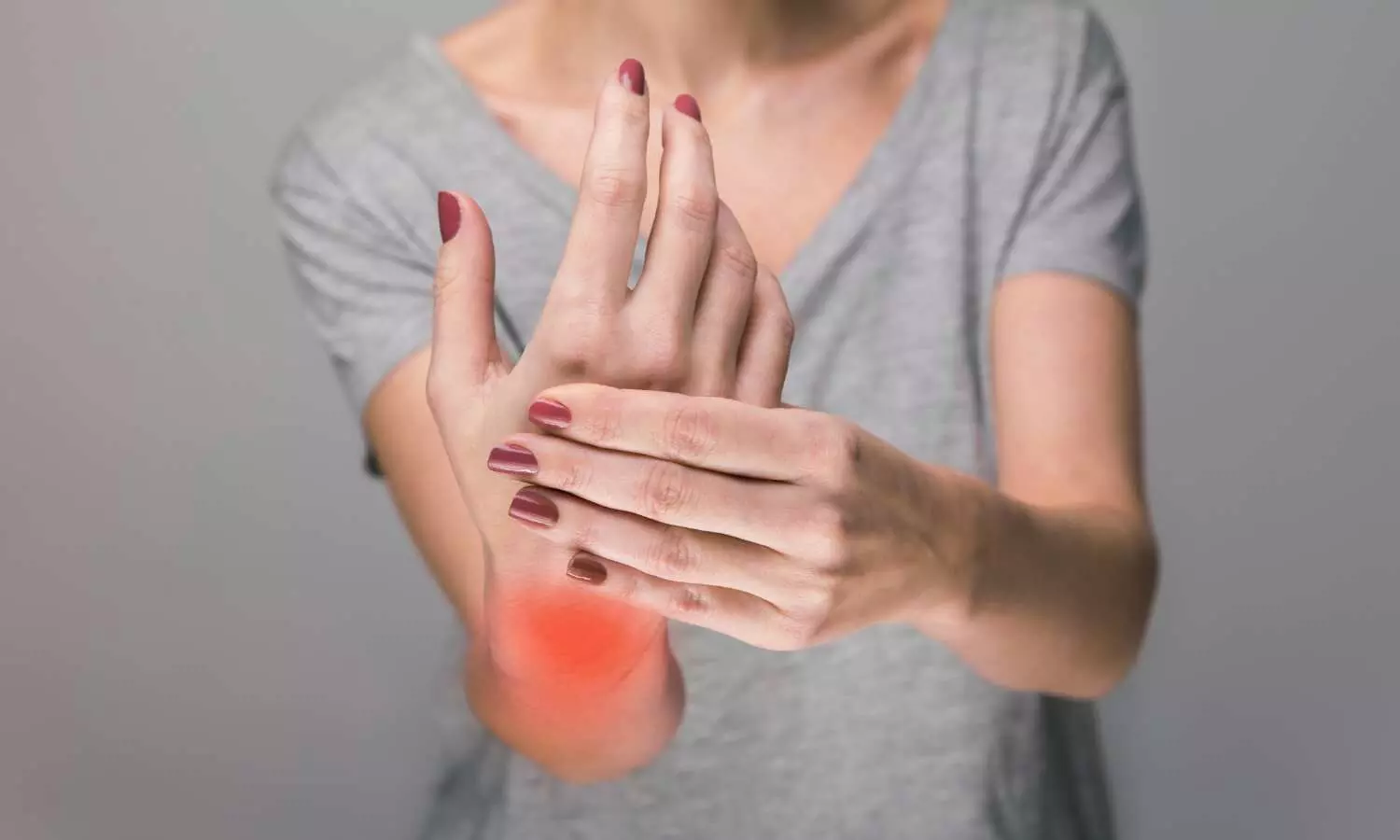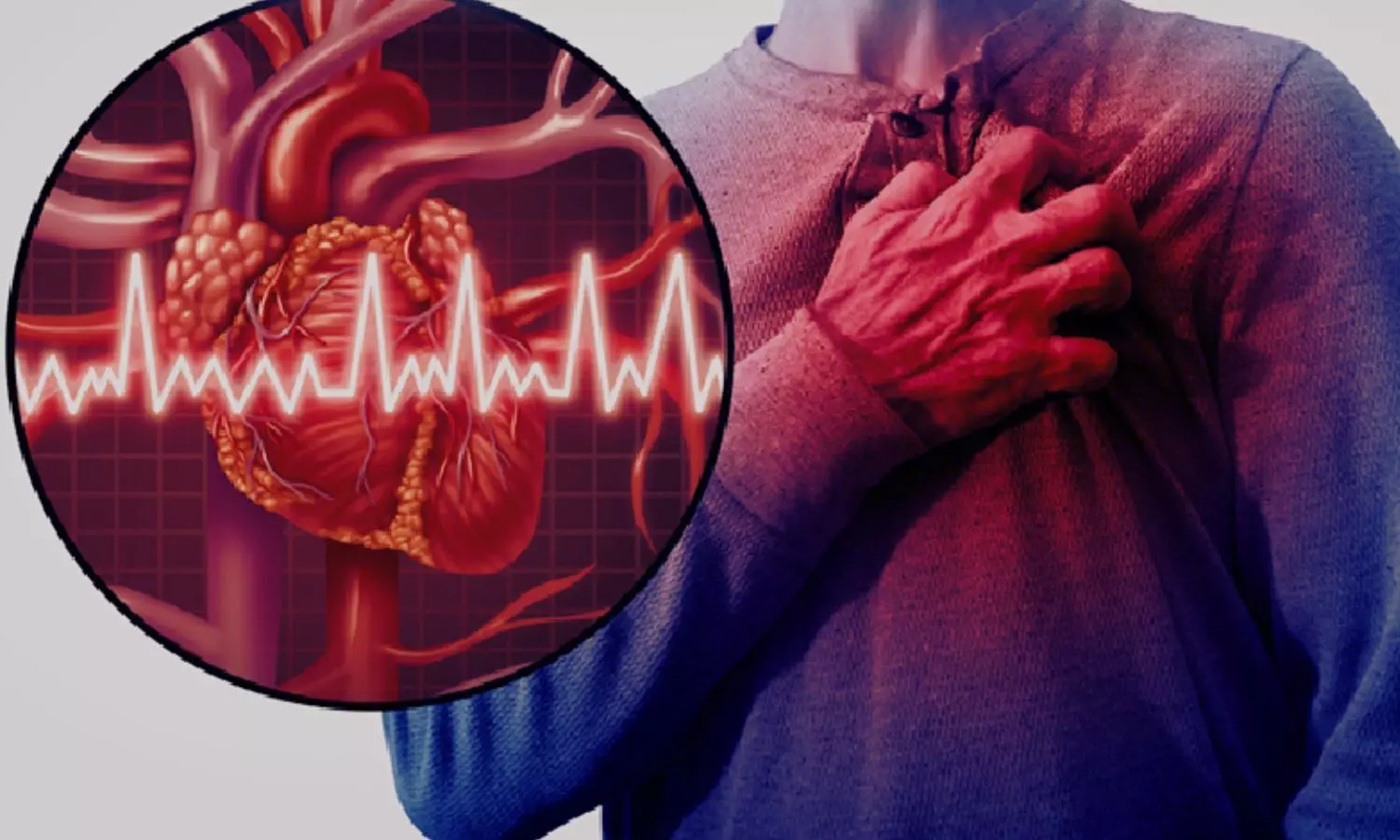Researchers identify new choice of therapy for rare autoimmune disease EGPA
Powered by WPeMatico
Powered by WPeMatico
Powered by WPeMatico
Powered by WPeMatico
Powered by WPeMatico
Powered by WPeMatico

Hyderabad: Suven Pharma has announced that the US Food & Drug Administration (US FDA) has completed the inspections at the Company’s Pashamylaram facilities.
The inspection was conducted from February 12, 2024,
to February 23, 2024.
“This is to inform you that our Active Pharmaceutical Ingredients (API) and Formulations facilities (Unit-3 and Unit-5, respectively) in Pashamylaram, Hyderabad, India, have completed the PreApproval Inspections (PAI) and Good Manufacturing Practices (GMP) inspections by the US Food & Drug Administration (US FDA) today,” the Company informed in a BSE filing.
Read also: Berhyanda gets DoP nod to acquire up to 76.1 percent stake in Suven Pharma
“We are pleased to inform you that no Form 483 has been issued as a
result of the inspection,” Suven added.
Read also: Foreign investment of up to Rs 9589 crore in Suven Pharma approved by Cabinet
Powered by WPeMatico

Kakinada: Prime Minister Narendra Modi will inaugurate the ESI hospital constructed at a cost of Rs. 114 crores in the Sambamurtynagar area here on February 25 in virtual mode.
Kakinada MP Vanga Geeta Viswanath told media persons at the hospital here on Thursday that the construction of the hospital was started in 2020 and completed on schedule despite the COVID epidemic and heavy rains lashing the area.
Also Read:Nine new ESIC Hospitals, 17 dispensaries approved: Bhupender Yadav
City MLA Dwarampudi Chandrasekhara Reddy, who also inspected various wings of the hospital along with the MP, has attributed the speedy completion of the ESI hospital to the personal interest taken by Chief Minister Jaganmohan Reddy. He said, but for CM’s personal intervention, the ESI hospital would have been shifted from Kakinada.
He said the hospital was provided with modern equipment and has four operating theatres.
Additional Municipal Commissioner Ch Naga Narasimharao, Municipal Health Officer Dr. D Prudhvicharan, Incharge Superintendent K Srinivasarao, and SE P. Satyakumari were among those who attended.
Medical Dialogues team had earlier reported that Dr Mansukh Mandaviya, Union Minister of Health and Family Welfare laid the foundation stone for 2 Critical Care Blocks and a BSL-3 Laboratory in Vijayawada, Andhra Pradesh. He also inaugurated 7 Integrated Public Health Laboratories to be set up in various districts of the state. Smt. Vidadala Rajini, Minister of Health, Government of Andhra Pradesh was also present. These new facilities will give a boost to the healthcare infrastructure of Andhra Pradesh and help in addressing the challenges of any health emergency.
Expressing his elation at the event, Dr Mandaviya said the BSL laboratory, seven Integrated Public Health laboratories and the two Critical Care Blocks, once operational, will play a pivotal role in providing quality medical services to the people of Andhra Pradesh.
Powered by WPeMatico

A recent study published in the BMJ Rheumatic & Musculoskeletal Diseases highlights the potential impact of air pollution on the prognosis of Rheumatoid Arthritis-associated Interstitial Lung Disease (RA-ILD). This study aimed to assess the effects of long-term exposure to particulate matter with an aerodynamic diameter of ≤10 µm (PM10) and nitrogen dioxide (NO2) on mortality among patients with RA-ILD.
This research incorporating data from 309 patients with RA-ILD, with a mean age of 61.7 years and a male population of 44.3% and analyzed individual-level long-term exposure to PM10 and NO2 using a national-scale exposure prediction model. The research spanned a median follow-up period of 4.8 years and observed that 40.8% of patients either passed away or underwent lung transplantation during the study period.
The findings revealed that while there was no significant association between air pollutant concentration and mortality when pollutant levels were stratified by quartiles, a significant correlation emerged when stratified by high exposure (top 25th percentile) against low exposure (bottom 75th percentile). Also, a significant association was identified between high PM10 exposure and mortality, with a hazard ratio (HR) of 1.68 and a confidence interval (CI) of 1.11 to 2.52.
Further analysis in subgroup demographics revealed that the effect of high PM10 exposure on mortality was particularly pronounced in patients under the age of 65, with an HR of 1.98 and a CI of 1.02 to 3.85. These findings underline the potential health implications of air pollution, particularly PM10, on patients with RA-ILD. While NO2 exposure did not express a significant association with mortality in this study, the implications of prolonged exposure to PM10 on the prognosis of RA-ILD require further attention and research.
Source:
Kim, S. H., Kim, S.-Y., Yoon, H.-Y., & Song, J. W. (2024). PM10increases mortality risk in rheumatoid arthritis-associated interstitial lung disease. In RMD Open (Vol. 10, Issue 1, p. e003680). BMJ. https://doi.org/10.1136/rmdopen-2023-003680
Powered by WPeMatico

New Delhi: A Nellore-based doctor has been duped of Rs 56 lakh under the pretext of constructing a hospital. The Delhi Police’s Crime Branch has initiated an investigation into a doctor’s complaint who informed the police about his plan to establish a dental hospital in his hometown.
The fraudulent scheme underscores the vulnerability of individuals seeking to establish medical facilities, especially when promised government assistance. The Delhi Police’s Crime Branch is now actively investigating the matter, aiming to uncover the details of the scam and identify those responsible for the financial deceit.
Frauds targeting individuals with aspirations for healthcare ventures are not uncommon, emphasizing the need for increased vigilance and scrutiny in such business dealings. A similar incident took place a few years back, where police registered a case against four persons, including two doctors, for allegedly cheating a woman doctor of Rs 1.54 crore under the pretext of arranging funds for a hospital in Thane district of Maharashtra.
Powered by WPeMatico

Italy: A recent study published in Nutrition, Metabolism and Cardiovascular Diseases has shed light on the persistence of vitamin D deficiency among Italian patients with acute myocardial infarction (AMI).
The researchers revealed a high prevalence and persistence of vitamin D deficiency (Hypovitaminosis D) in AMI patients despite a trend towards increasing 25(OH)D concentrations over the years. The COVID-19 pandemic and lockdowns did not affect vitamin D levels.
Previous studies have shown vitamin D deficiency is a common cardiovascular (CV) risk factor linked with atherosclerosis development. Aneta Aleksova, University of Trieste in Trieste, Italy, and colleagues evaluated changes in 25(OH)D concentrations in 1510 patients with acute myocardial infarction over a long observation period, including the COVID-19 pandemic.
Patients were divided into four groups according to the year of enrolment, group 1 (2009-2010), group 2 (2014-2016), group 3 (2017-2019), and group 4 (2020-2022).
The key findings of the study were as follows:
· The median 25(OH)D concentration in the overall cohort was 17.15 ng/mL. The median plasma concentrations of 25(OH)D for groups 1, 2, 3, and 4 were 14.45 ng/mL, 17.3 ng/mL, 18.95 ng/mL and 19.05 ng/mL, respectively.
· Although 25(OH)D levels increased over the years, the prevalence of vitamin D deficiency remained high in each group (68.4%, 61.4%, 53.8%, and 52%, respectively).
· Hypovitaminosis D was predicted by the season influence (OR:2.03), higher body mass index (OR:1.25), smoking (OR:1.47), diabetes mellitus (OR:1.54), higher triglycerides levels (OR:1.02), older age (OR:1.07), and female gender (OR:1.3).
· After multivariable adjustment, vitamin D≤20 ng/mL was an independent predictor of mortality.
The findings showed that Hypovitaminosis D is highly prevalent and persistent over time in patients with AMI despite increasing vitamin D levels. The frequent lockdowns did not reduce 25(OH)D levels in the fourth group (2020-2022).
Vitamin D deficiency is highly prevalent and persistent in patients with AMI despite a trend towards increasing 25(OH)D concentrations over the years. The frequent lockdowns did not reduce the levels of 25(OH)D in the fourth group (2020-2022). However, the lowest incidence of hypovitaminosis D was observed between 2020 and 2022.
“Low levels of 25(OH)D are an independent predictor of mortality,” the researchers concluded.
Reference:
DOI: https://doi.org/10.1016/j.numecd.2024.02.007
Powered by WPeMatico
